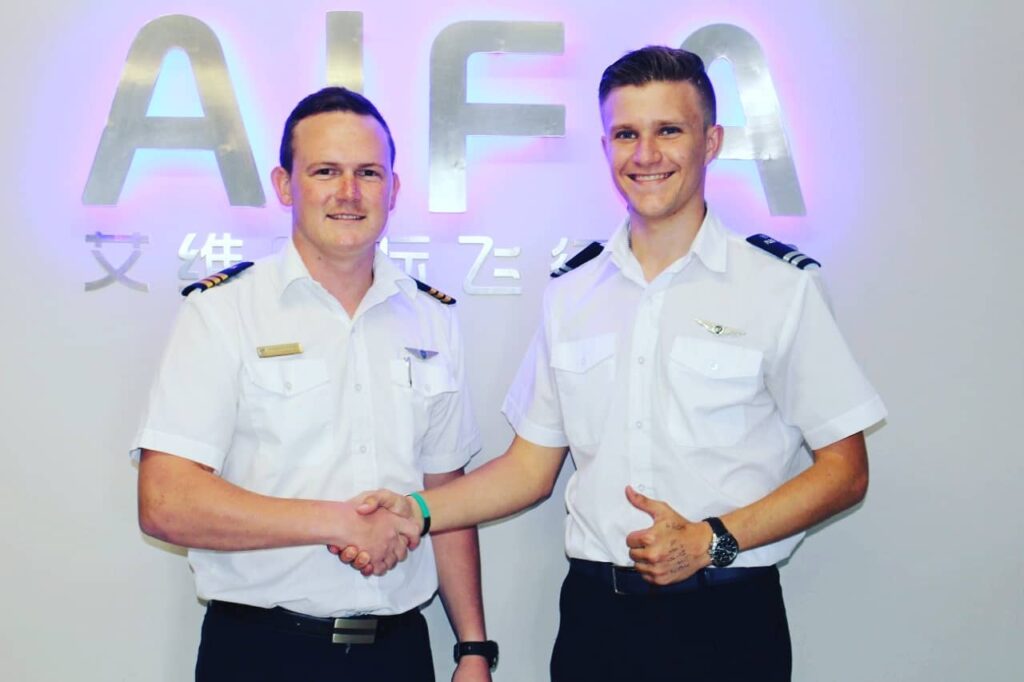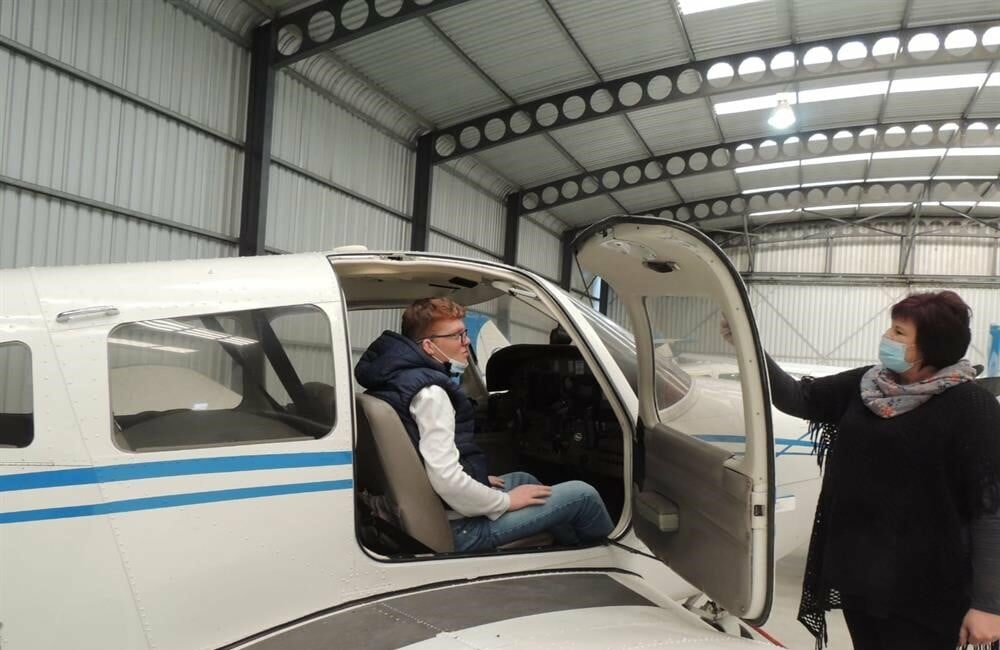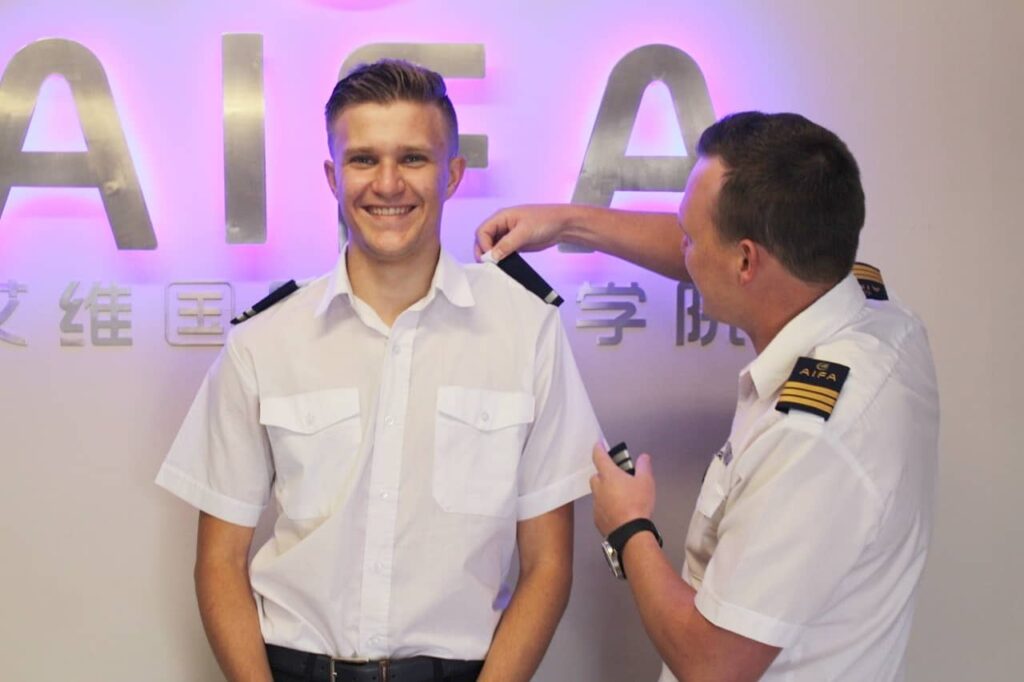Training Programs

Private Pilot’s Licence
Should you decide to become a Commercial Pilot this is the first step to a professional career in the sky.
The requirements before you start your PPL are:
• A Class II aviation medical
• 17 years of age to hold a PPL, but you will be able to go solo from 16 years of age.
• Fluent in English.
A PPL course consists of 45 Hours of flight training; these hours are a mixture of dual and solo flights under the supervision of a qualified flight instructor. Before qualifying, a candidate has to undergo ground school and examinations in 8 theoretical subjects and finally pass a flight test.
Night Rating
A night rating will enable you to fly at night in good weather conditions. Obtaining a night rating is the logical step after completion of your PPL.
This course is also the next step towards obtaining your Commercial License.
The night rating course consists of dual flight training with a dedicated flight instructor teaching you how to fly at night and use specialized instruments. You will also need to complete a theoretical examination and a flight test.


Commercial Pilot License with Instrument Rating
A Commercial Pilot’s License with instrument rating will enable you to work as a professional pilot, whether your dream is to become an airline- or charter pilot or a dedicated flight instructor.
To be able to complete your CPL / IR you must have a valid PPL and night rating, have 200 flight hours, undergo dedicated ground school for the theoretical subjects and pass 10 examinations. You will also have to obtain a Class I aviation medical certificate and complete a flight test with an examiner at the end of your course.
During the training towards your CPL / IR you may consider incorporating a Multi-engine class rating. This will ensure that you are a well-rounded pilot upon obtaining your CPL / IR ready to be employed.
Multi-engine Class Rating
A Multi-engine Class rating enables you to fly aircraft with two engines; this training is normally done towards the end of your CPL training, but can be done with only a PPL as well.
This course consists of ground lectures and 7 hours flight training in a multi-engine aircraft, followed by a test with a designated examiner.


Differences and Familiarization Training
Differences and familiarization training will be required if you want to fly a different aircraft type or want to learn new or advanced systems on aircraft, such as aircraft fitted with variable pitch propellers and retractable gear.
Instructors Rating
A flight instructor’s rating will be required should you want to become a flight instructor on completion of your CPL.
This course consists of 80 hours of classroom time, where you will be taught how to do flight briefings followed by 20 hours of flight training. You will also be required to complete 2 theoretical examinations and a final test with a designated examiner
On completion of your course you will be ready for employment as a Grade III flight instructor at an approved flight training organisation.


High Performance Training
AIFA’s high performance training course helps pilots to transition from piston to high performance complex aircraft.
This course consists of theoretical and procedural training as well as air experience in our High Performance fleet.
Theoretical Training
Theoretical training as well as examination support is provided for all our courses. This is done in a classroom setup, but one-on-one training can be provided should it become necessary.
All the theoretical training is supported by learning material provided by AIFA.


